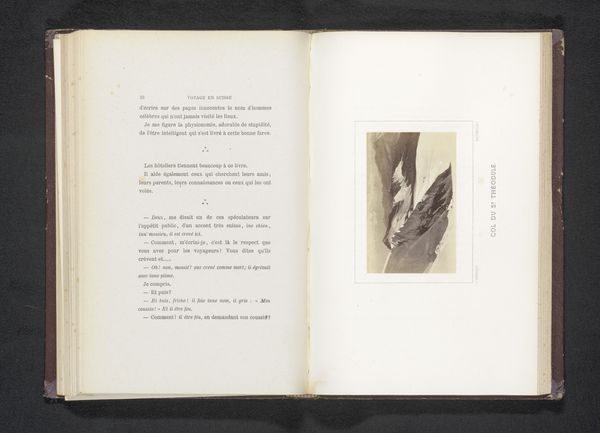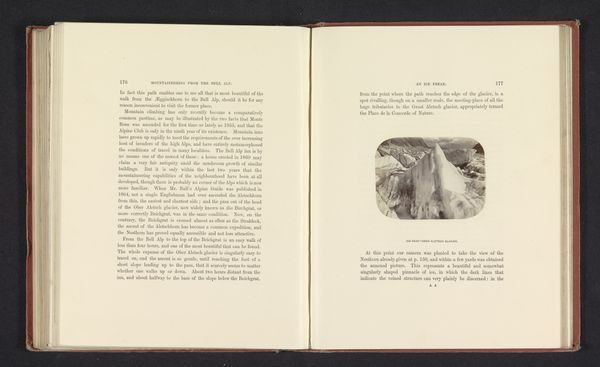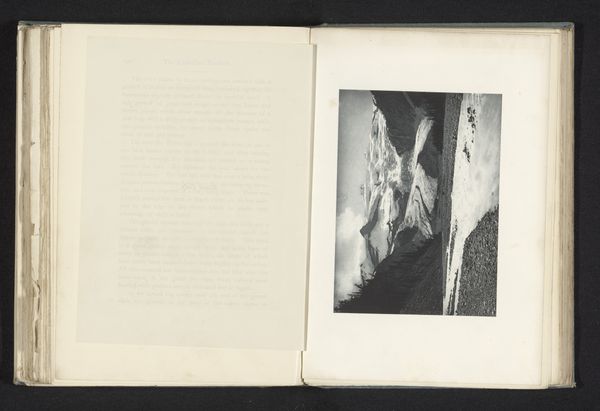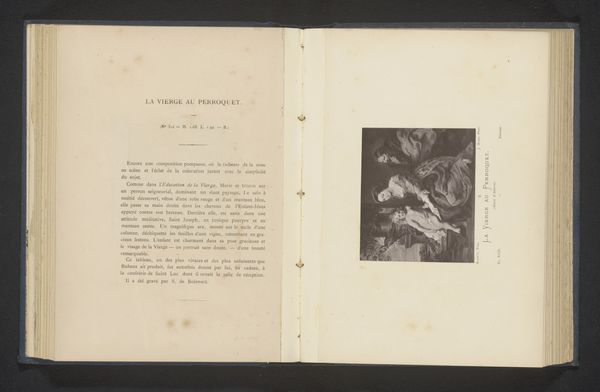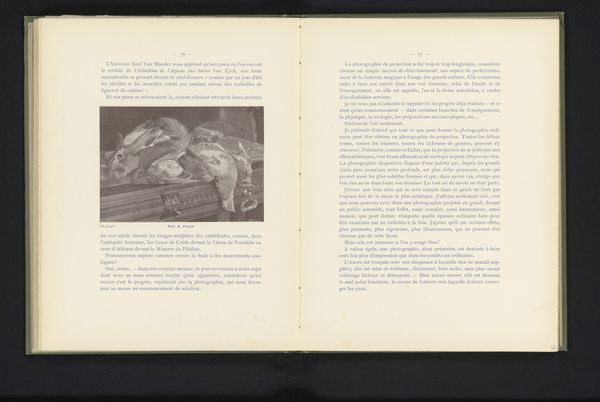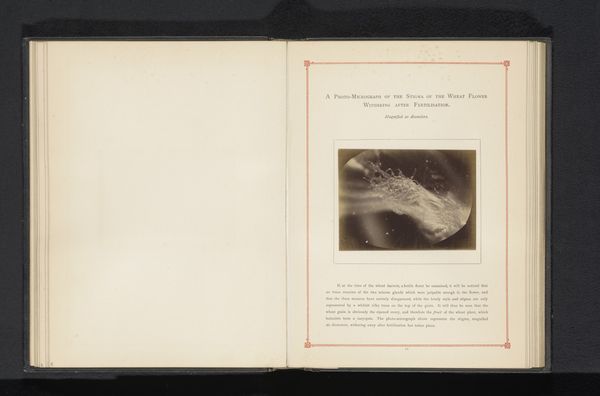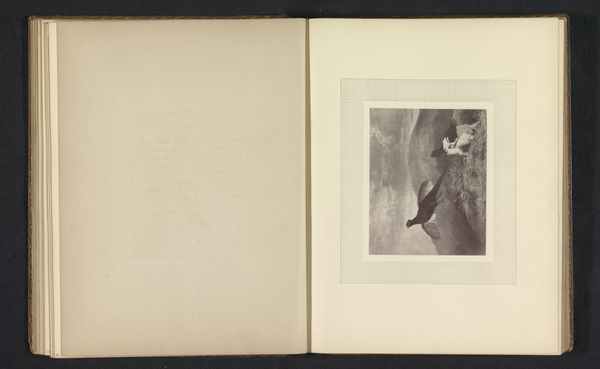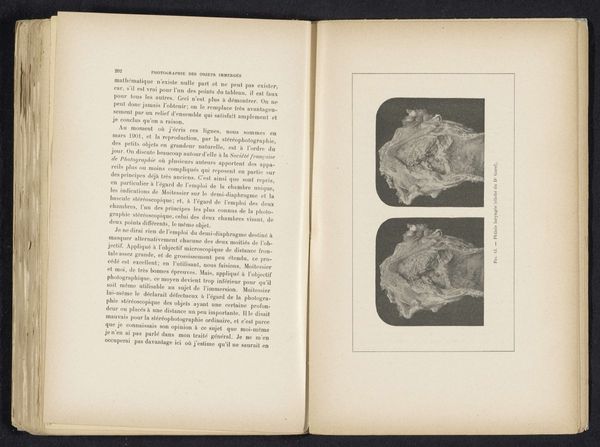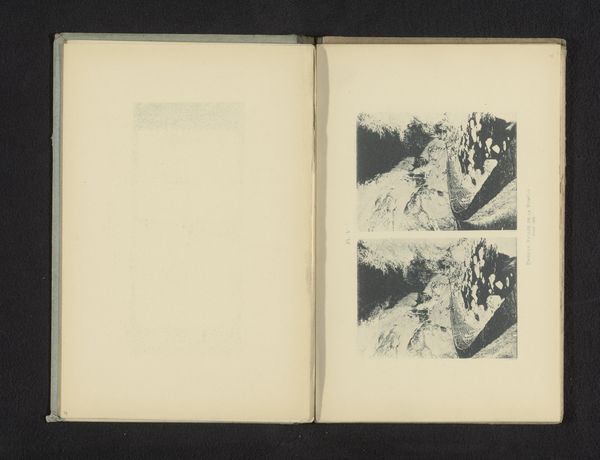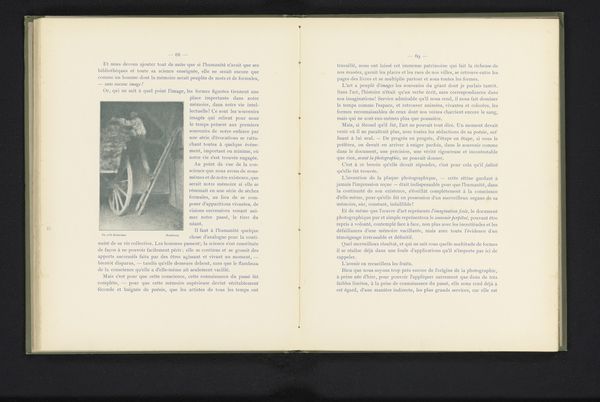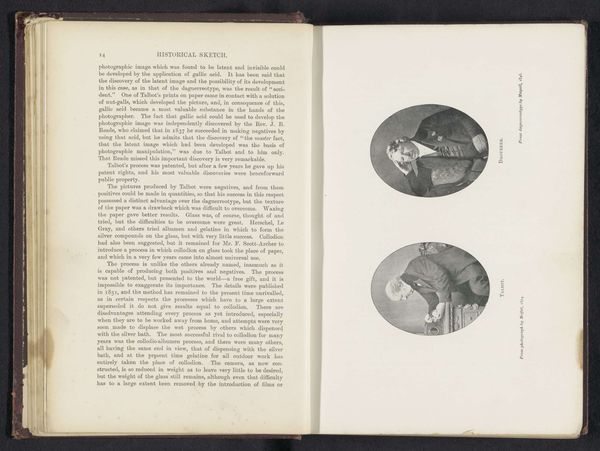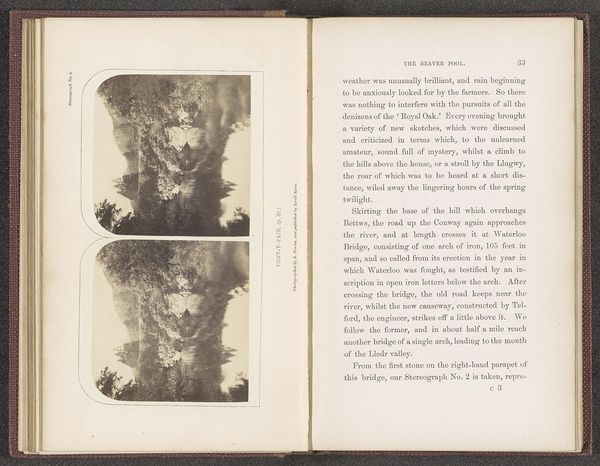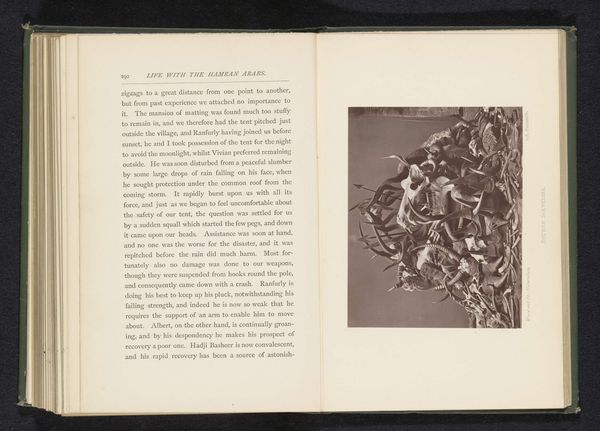
print, photography, gelatin-silver-print
#
portrait
#
animal
# print
#
photography
#
gelatin-silver-print
Dimensions: height 90 mm, width 116 mm
Copyright: Rijks Museum: Open Domain
Editor: This is "Rhinoceros (R. Keitloa)", a gelatin silver print, taken before 1875 by Naturalists Ward and Co., currently held at the Rijksmuseum. The rhinoceros’ horns are the immediate focal point. What strikes me is how imposing yet vulnerable it looks captured in this medium. How do you interpret this work? Curator: I see this portrait as a chilling example of colonial encounters. This image, seemingly a benign depiction of wildlife, needs to be contextualized within the larger history of European exploitation of Africa's resources and the objectification of its wildlife. Think about what it meant to ‘capture’ this animal, both literally and through the lens of a camera, at a time when European powers were carving up the continent. What narrative does this image reinforce, consciously or unconsciously, about power and dominance? Editor: So, beyond the aesthetic, you see this as an artifact that speaks to broader historical injustices? Curator: Precisely. The image is not merely a scientific record; it's a statement. By presenting this animal in such a stark, almost clinical way, Ward and Co. participate in a long tradition of rendering the “other” as an object to be studied, possessed, and ultimately controlled. This connects with debates around the politics of representation, agency, and the lingering impact of colonialism on our understanding of the natural world. What is omitted here, to produce this composition? Editor: The background? The context of the animal’s habitat and place in it? Curator: Yes, and by obscuring those relationships and placing this creature “on display”, aren't they mirroring practices of dehumanization that were widespread in colonial societies? Editor: That really reframes how I see this image. I was focusing on the animal itself, but you've made me think about the power dynamics embedded in its creation. Curator: Exactly. By interrogating these images and unpacking their hidden narratives, we gain a richer understanding of both the past and present.
Comments
No comments
Be the first to comment and join the conversation on the ultimate creative platform.
